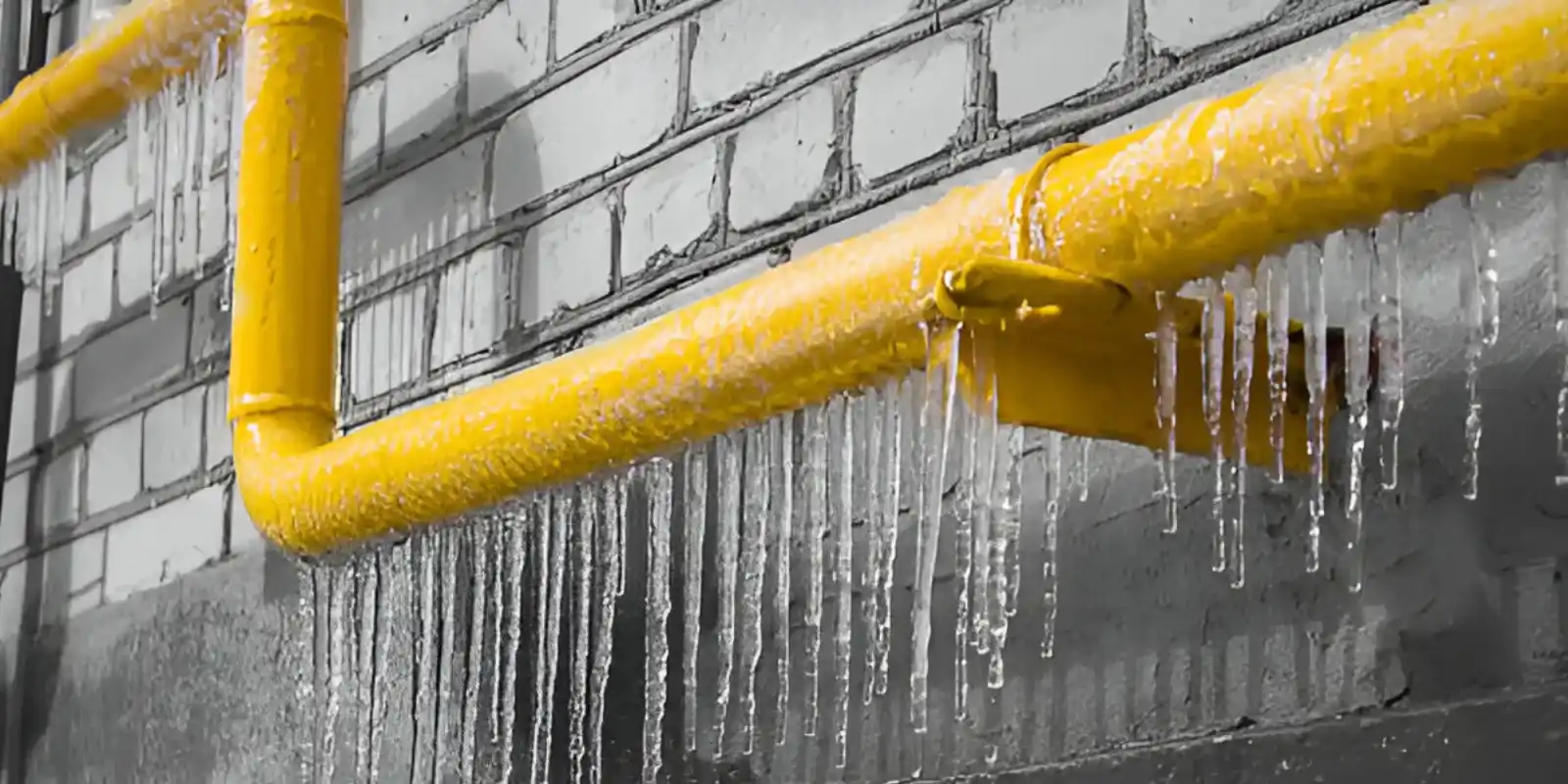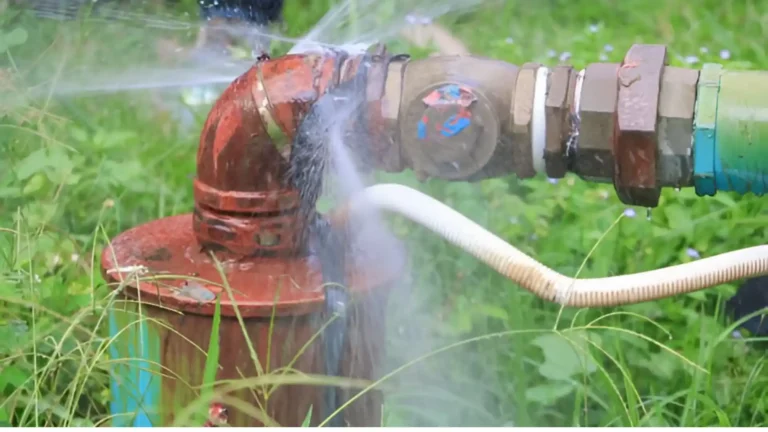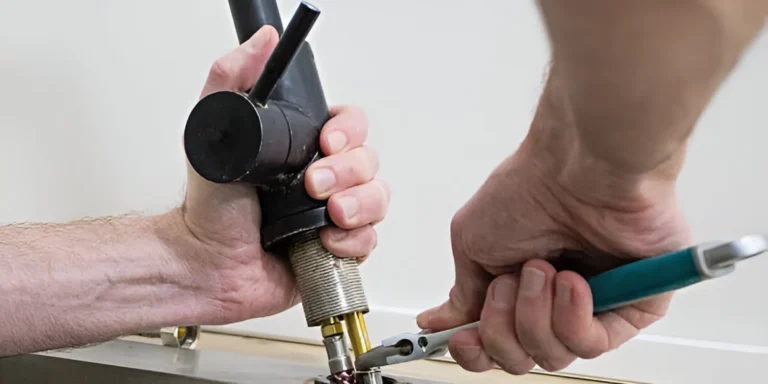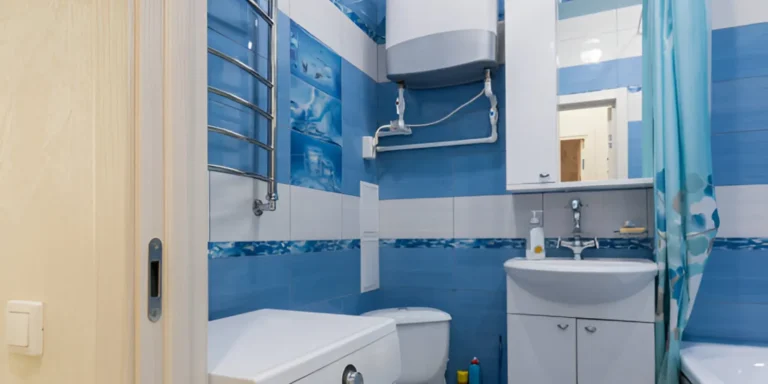Frozen pipes are a major winter headache for homeowners, often leading to bursts, flooding, and expensive repairs. When temperatures drop below freezing, any exposed or poorly insulated plumbing is at risk. Water expands as it freezes, creating pressure that can crack or rupture pipes. Prevention is key, especially in colder climates or older homes with vulnerable systems. Taking proactive measures before winter sets in can protect your plumbing and avoid the chaos of emergency fixes. In this guide, you’ll learn effective ways to keep your pipes from freezing and ensure a safe, stress-free winter for your home.
Insulate Vulnerable Plumbing Areas
Proper insulation is your first line of defense against freezing pipes. Focus on areas like basements, attics, crawl spaces, and exterior walls where pipes are most exposed to cold air. Pipe sleeves, heat tape, or foam insulation are all effective tools. Sealing gaps or cracks near plumbing lines also helps retain warmth and block out drafts.
Use Pipe Wrap or Heat Cable
Wrap exposed pipes with heating cables or thermal tape designed to keep water flowing during cold snaps. These tools are especially helpful for outdoor spigots and garage plumbing.
Maintain Consistent Indoor Temperatures
Sudden drops in indoor temperature can affect pipes behind walls or in hidden areas. Keep your thermostat set to a consistent level day and night, even when you’re not home. Avoid turning the heat down drastically while away for the weekend or during overnight hours, as this creates the perfect environment for freezing.
Open Cabinet Doors
Let warm air circulate around pipes under sinks by keeping cabinet doors open, especially in kitchens and bathrooms. This simple action can make a big difference during freezing nights.
Drain and Disconnect Outdoor Lines
Outdoor plumbing fixtures are among the most vulnerable in winter. Disconnect hoses, shut off valves supplying outdoor faucets, and drain any remaining water to prevent freezing. If you have an irrigation system, it should be professionally winterized to avoid damage to underground lines and sprinkler heads.
Cover Hose Bibs and Spigots
Use insulated faucet covers to protect outdoor hose bibs from ice and wind exposure. This added layer keeps cold air from reaching your plumbing and helps prevent pipe bursts.




